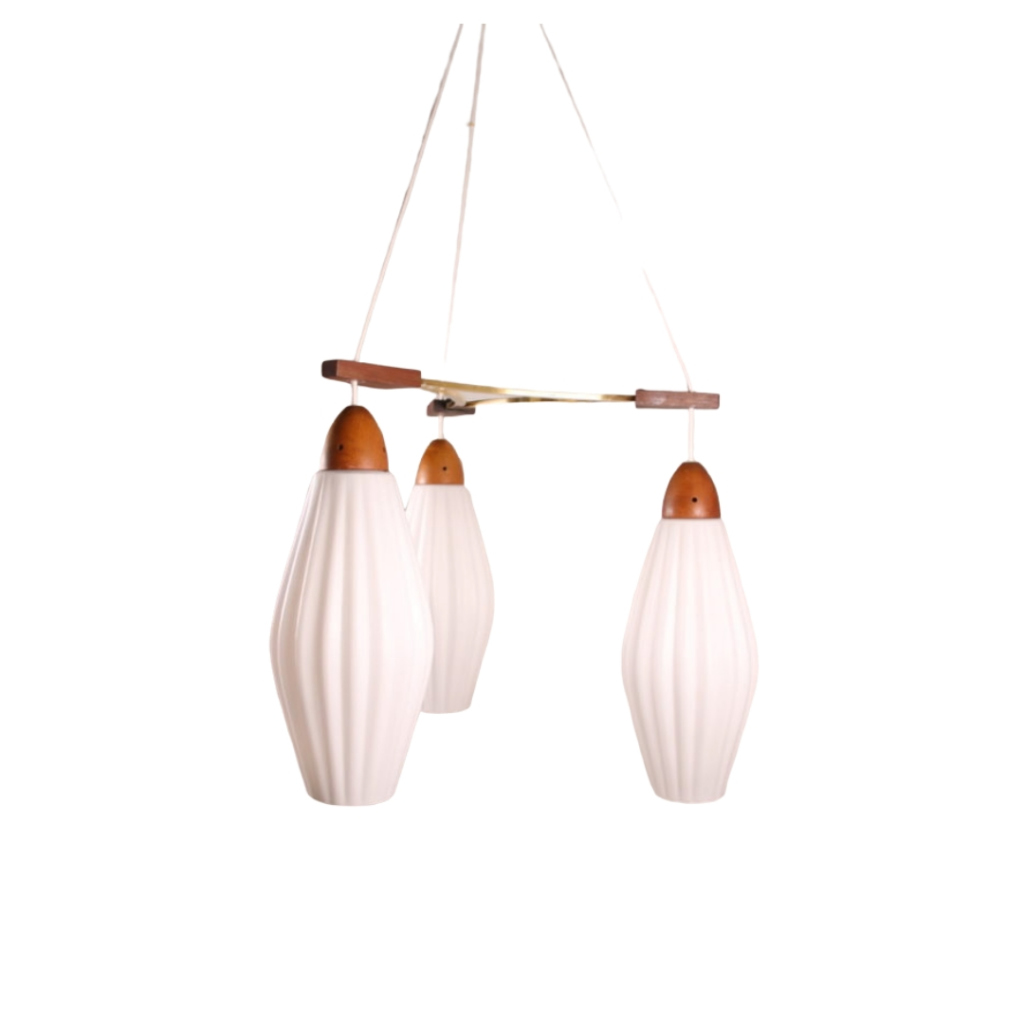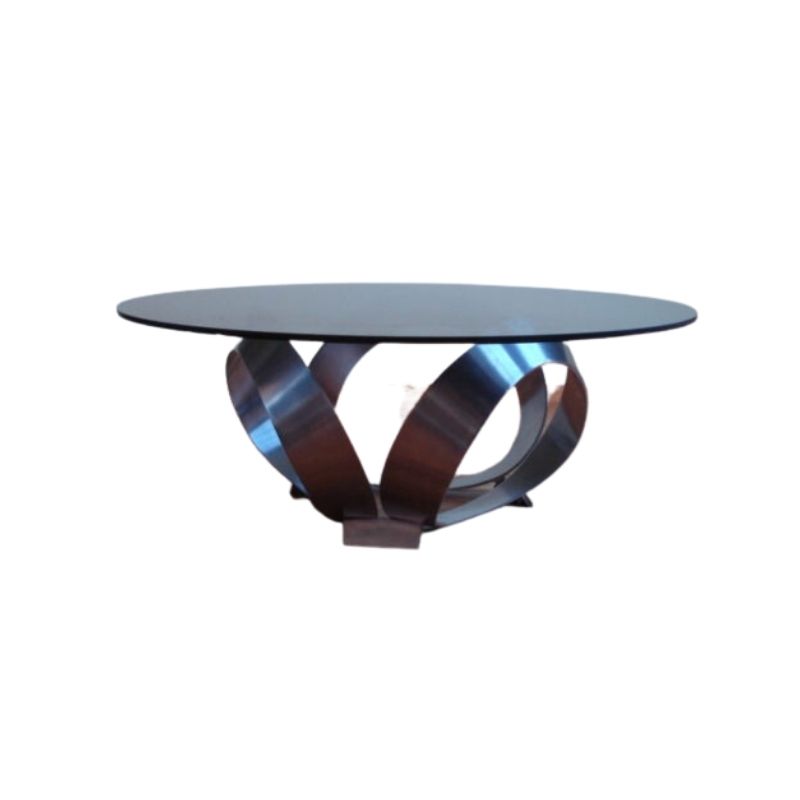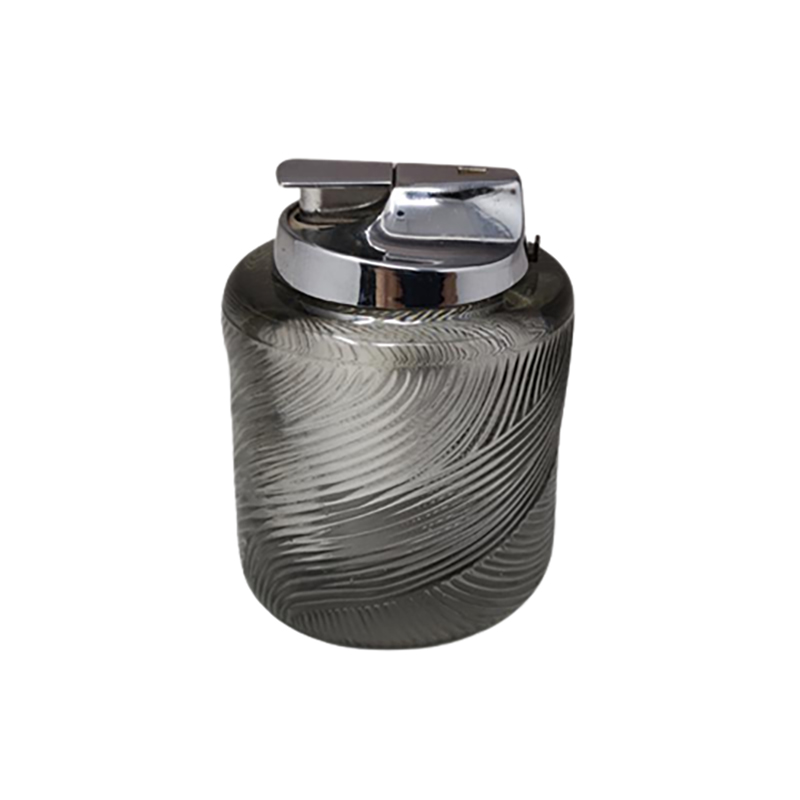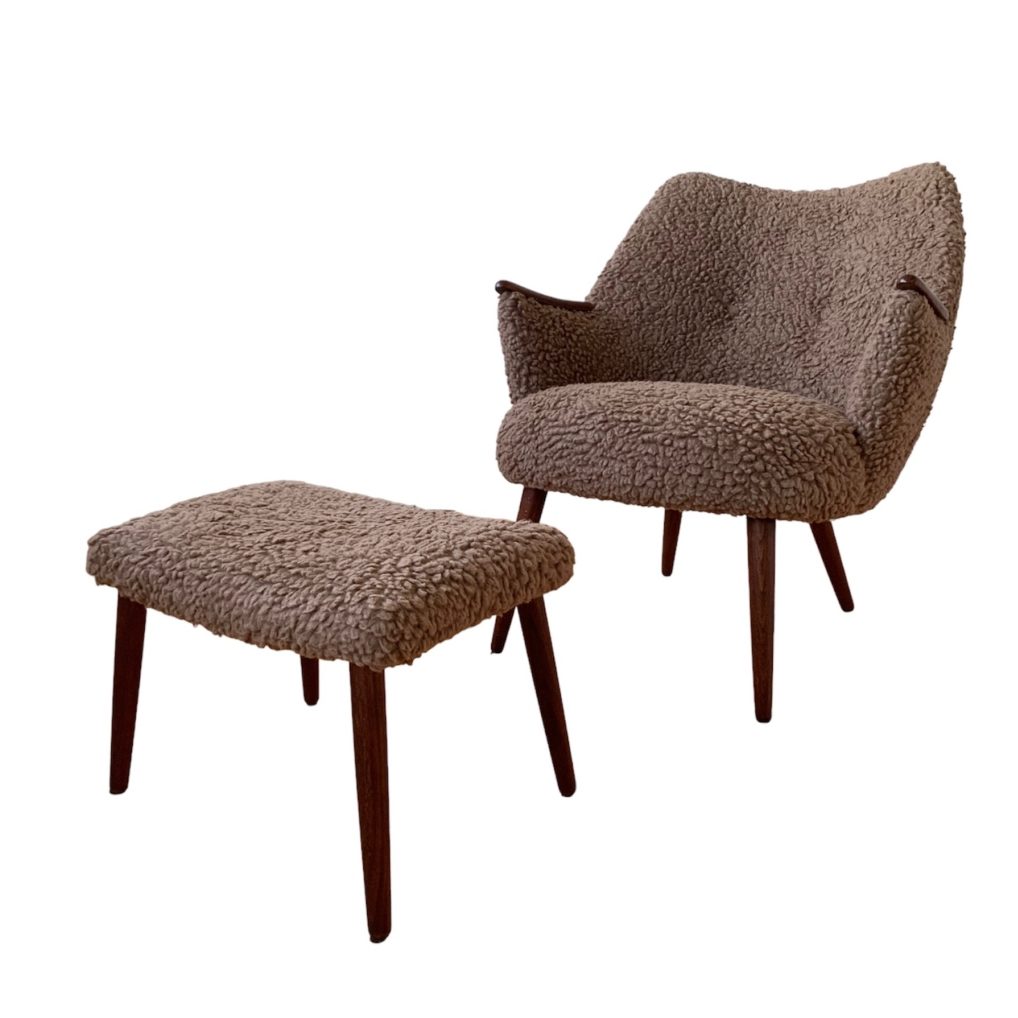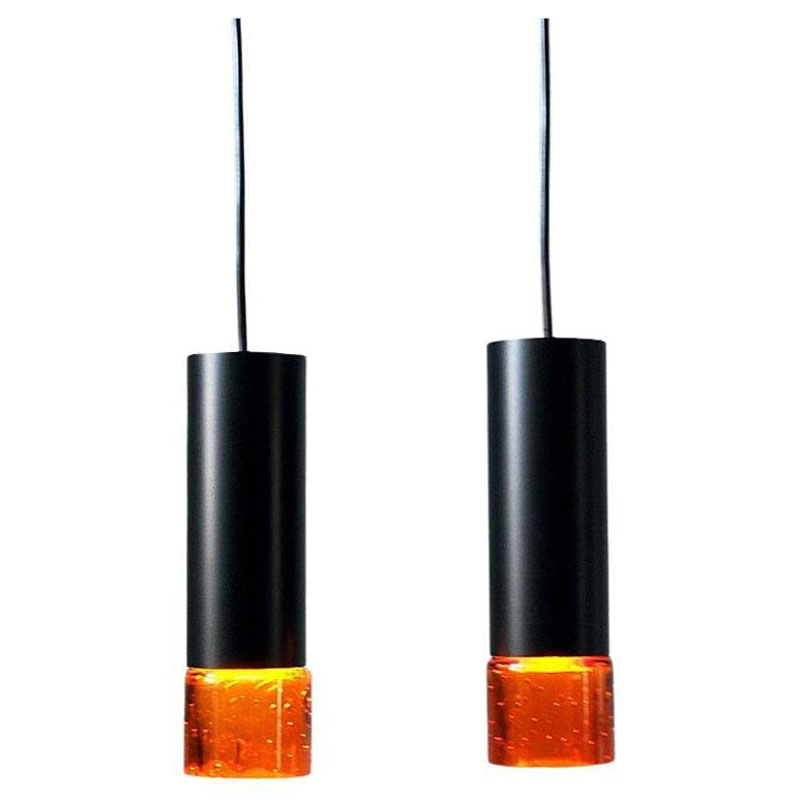"As an architect for more than sixty years, I have learned that only the beautiful is practical. And conversely, anything that is truly practical, functional and useful is beautiful--whether it be a sunset or some man made object...The longer I live, the more beautiful life becomes. The earth's beauty grows on me. If you foolishly ignore beauty, you'll soon find yourself without it. Your life will be impoverished. But if you wisely invest in beauty, it will remain with you all the days of your life."--FLW, A New Treasury of Words to Live By, edited by William Nichols, copy right 1959
Well. . .
I am a great admirer -- of Wright's work. Like many another visual artist, words (despite his lavish use of them) were not, in my opinion, his best medium.
Architects, in particular, seem to have a propensity for filling the time between commissions with explanations or elaborations on the themes that they hope to realize in their work -- and on any number of other things, in some cases.
"I have learned that only the beautiful is practical." What can this mean, if taken literally ? At best, one could think that it might mean that even the most brutal tool, if it does its work well, might become "beautiful" to its owner. But I think this is not what Wright intended; I think he hoped for some "poetic truth" -- perhaps on the dubious strength of its pairing with the (equally dubious) mirror-statement, that " anything that is truly practical, functional and useful is beautiful--whether it be a sunset or some man made object." What could possibly be "practical, functional and useful" about a sunset ?
In numbers there is strength ? If we say something nice-sounding to ourselves often enough, maybe it becomes true ?
I don't see the point, really. Such nonsense only detracts from the magically-true-and-beautiful work that such an artist is capable of. Perhaps artists should be struck dumb at birth -- and not be permitted anywhere near a typewriter ! Let the artist's visual work speak for him. In these cases -- most particularly -- a picture is worth a thousand words.
Wright's office at Taliesin North
Language is very limited in its ability to express anything well...
that is one of the fascinations of language and our dependence on it.
Plumbers, prize fighters, ballerinas, salesmen, architects, almost any person that does work of any kind at a high level, finds language wanting in explaining what is done and how.
Ironically, language fails writers the same way when they try to use language to explain how they write and what they have written.
Someone like Wright writing about what he does simply makes the inadequacy of the explanatory capacity of language starkly apparent.
Still, I prefer he tried rather than not. It humanized him in a way his exceptional work could not.
Artists, designers, architects on writing.
It's a very interesting point, specially here at DA, where we meet to talk about design and writing is the media.
Creative side of the brain it's not the same than the one to express orally or written.
It's provably the reason artists (as others), have some side more develop than other.
Perhaps could find alternatives way to explain the work, others than writing, and of course that the work it self.
For example a painter could use music, cinema, corporal expression, etc
Can always the work express it self? I'd hope that, but I'm not so sure.
So instead of writing, maybe...
... dancing about architecture?
http://www.google.com/search?q ="dancing+about+architecture"
You'd like to think that his...
You'd like to think that his language (or composition) facility would be commensurate with his design facility, yet the quote seems sadly average. And it sounds vaguely familiar. Wright is no Keats, but how about that Fallingwater?
To be fair, I think FLW was occasionally pretty darn good with language, too.
hudsonhonu
In FLW's defense, this was a quote submitted to an editor putting together a book of popular quotations about how to live one's life and not drawn from a speech to architects or students. And that was partly why I posted it. I thought it was interesting to see him step down to a simpler commentary for a broader audience. Also, it is not often to get the wisdom of an architect who has worked for 60 years at the time of the quote. 🙂
Designers
will speak, and write, whether there is really anything to be said or not. It can't be helped. And of course there are many times when the artist needs to explain himself, to amplify and emphasize (and perhaps to identify origins and confess to influences) -- so not all speech about visual art can be dismissed as easily as I pretend, above.
Take Mr Wright. Some of the best images of his work occur in the mind, while reading what he wrote (so hard to find, among his many words) about his discoveries and his intentions, as he looked back 30 years while writing "An Autobiography" in the early 'thirties. I intend to copy some of that writing here. But first, a passage which immediately follows those pages, and which includes a rare reference to the art of writing:
SIMPLICITY
ORGANIC Simplicity -- in this early constructive effort -- I soon found depended upon the sympathy with which such co-ordination as I have described might be effected. Plainness was not necessarily simplicity. That was evident. Crude furniture of the Roycroft-Stickley-Mission style, which came along later, was offensively plain, plain as a barn-door -- but was never simple in any true sense. Nor, I found, were merely machine-made things in themselves necessarily simple. "To think," as the Master used to say, "is to deal in simples." And that means with an eye single to the altogether.
This is, I believe, the single secret of simplicity: that we may truly regard nothing at all as simple in itself. I believe that no one thing in itself is ever so, but must achieve simplicity -- as an artist should use the term -- as a perfectly realized part of some organic whole. Only as a feature or any part becomes harmonious element in the harmonious whole does it arrive at the state of simplicity. Any wild flower is truly simple but double the same wild flower by cultivation and it ceases to be so. The scheme of the original is no longer clear. Clarity of design and perfect significance both are first essentials of the spontaneous born simplicity of the lilies of the field. "They toil not, neither do they spin." Jesus wrote the supreme essay on simplicity in this, "Consider the lilies of the field."
Five lines where three are enough is always stupidity. Nine pounds where three are sufficient is obesity. But to eliminate expressive words in speaking or writing -- words that intensify or vivify meaning [--] is not simplicity. Nor is similar elimination in architecture simplicity. It may be, and usually is, stupidity.
In architecture, expressive changes of surface, emphasis of line and especially textures of material or imaginative pattern, may go to make facts more eloquent -- forms more significant. Elimination, therefore, may be just as meaningless as elaboration, perhaps more often is so. To know what to leave out and what to put in; just where and just how, ah, that is to have been educated in knowledge of simplicity -- toward ultimate freedom of expression.
Here, reading
between the lines, we find that Wright is hoping we'll agree with him that the definition of Simplicity is sufficiently elastic to include the kinds of "organic" embellishment that he enjoyed drawing. Whatever he wanted to do was, by definition, a Good Thing, honest and true. So, if he preferred to indulge in decoration, then that meant that it was somehow vital to the completion of the vision. To his credit, much if not most of these decorations -- always drawn with the same instruments that constructed the buildings themselves, meaning that they were composed of a limited number of "regular" angles, and arcs -- were well integrated into the fabric of the structure, seldom looking like tacked-on afterthought.
In the paragraphs above, he seems to struggle to find language sufficiently convincing to convey this (veiled) message; in the end he succeeds -- barely, I believe. Superficially, at least, a coherent image of something Good is achieved, even if we are left scratching our heads a bit as to what exactly he is talking about.
So, why did Wright feel the need to obscure his message about ornament ? Did he know that his young readers of 1932 would have trouble accepting a role for architectural decoration, when all around them was the evidence of a stripped and clean modernity -- the latest thing, well and truly established on all shores, celebrated just the year before in the International Style show at the Modern ? Did he need to code his language, concealing his true feelings in a veil of poetic prose, hoping to be both true to himself and appealing to his audience ?
In fact, he was on the verge of "cleaning up" his work: within a year the first Usonian house would appear, with no art glass and no applied ornament -- save for the occasional patterned-board ceiling, and the jig-sawn perforated wood found on the strip windows of many of the houses in the later 'thirties. The textures of board and brick itself were the ornament. Only in the 'fifties did roof-edge dentils appear in the work. . .
A good many architects...
talk about seeking balance and harmony in their buildings, but not many are sufficiently driven, and talented, and philosophically informed, and technically skilled, in this direction to achieve it so pleasingly and so often as FLW did.
FLW likely pursued balance and harmony in the composition of his buildings, at least on some deep level, not just in order to satisfy his aesthetic sense, but also to stabilize the psychological asymmetry formed in him in his only-child relationship with his parents, especially the side of the Oedipal triangle that was his hugely doting and pushy mother.
Like many other architects, FLW also strove to make buildings look like what they were made of (his sense of authenticity, anyway), but he did so to a remarkable extent and at a level of thoroughness and richness of materials and constructed forms at every scale of composition that, again he stands apart from most. It is fair again, I suspect, to attribute some of the intensity and rigor (even ardor) of his pursuit of authenticity in his buildings again to the intensity of his need to achieve through work a kind of authenticity that he had to suppress in his childhood. Oedipal triangles always result in a lot of deferred and displaced behavior--the quest for authenticity being one of them.
cont.
And FLW preferred some ornamental and formal expression (some would call them flourishes) through forms and materials that added finishing details of balance and beauty to his as nearly as feasible balanced and beautiful compositions, even as the thought and fashions of an avant garde in his profession usurped his leadership, marginalized his preferences and beat him out of commissions. Is it surprising that FLW would persist in these preferences, these flourishes, given that this sort of behavior had been how he had apparently distinguished himself to some degree, and so curried favor with his mother, apparently in a way his father never could?
I also always think there is something to be learned about a person, especially a professional, from the way a person dresses. It is not always a simple message. It is not always obvious. But it is there, if we wish to understand the person. The diminuitive Wright did not prefer to be pictured in blue jeans and a work shirt, though he may well have worn them on a construction site sometimes. He did not prefer to be pictured in a Brooks Brothers suit, back when they were a convention of doing business. He often wore a broad hat and a cape of the kind one sees persist in some use into the mid 1990s on the promenade in Rapallo, Italy (haven't been back since, but intend to). A broad hat and cape were not conventional, or "necessary," certainly the last three decades of Wright's life. But they brought to his appearance the kind of simplicity that bears within it function and expression in beautiful balance, especially in a short, slightly balding man with a need since childhood to distinguish himself as a worthy successor to the marital order.
cont.
Given that one is the kind of person that needs to distinguish oneself again and again and in myriad ways to self-actualize, while living in a cold climate, a broad hat and cape offer extraordinary simplicity of design to a person. To a person who does not need to distinguish himself repetitively to self-actualize, the broad hat and cape may be viewed as stylish, even beautiful garments, but one's wearing of them may be viewed as anachronistic, maybe even bordering on dandy-ism.
His buildings, though I have personally loved (his buildings elicit that strong of an emotion in me) and respected each that I have seen and/or been in, can affect others as self-indulgent anachronism and/or as too precious and impractical. The overhangs at entry are too low. The graduated rising of ceiling level until one gets to the center of the space program feels dramatically pleasing for awhile and then just as being too many low ceilings pressing down on you head in too many parts of the house. The free-standing and built-in furniture, so pleasing to the eye, gets to be a real chore to sit on. The leaks wear on one. The gaps in the glass and wall joints become consequential, when you have to pay the heating bill and see your breath occasionally. The one-off design solutions that work and look great are often a bitch to replace, or repair. And so on.
Simplicity, like beauty, is a strongly collaborative phenomenon between architect and building user. What is simple and beautiful for some architects and building users is not for others. And so to it is with writing. And prefer as some might, we cannot reduce these differences in collaboration entirely to some having good taste and others not in building, or in writing.
It reduces more to some like me still liking and admiring the simplicity and beauty and function of a broad hat and cape, while most others just find them utterly unnecessary and dandy-ish in today's world. But even I would only wear them for a stroll on the promenade in Rapallo these days. Hopefully, I will lose my inhibitions on this and wear one to my neighborhood grocery store one day, but I doubt it. 🙂
Enjoyable thread here, or...
Enjoyable thread here, or threads, I should say. My previous post was pretty much tongue in cheek, but I failed to express that intent clearly (insert yellow smiley face thing here). My sense is (and this is a great big guess) that most accomplished architects have a pretty keen way with words.
And speaking of words and Wright and hats, I was reminded of James Tate, and his List of Famous Hats, which I'll try to link below.
😀
http://www.poets.org/viewmedia.php/prmMID/15578
.
" Frank was one of three children born to Anna Lloyd Wright and William Russell Cary Wright, a widower who brought three children of his own to a troubled marriage that ended in divorce in 1885. Wright's younger sisters, Jane (later known as Jennie) and Maginel (Margaret Ellen, who became Maggie Nell and then Maginel), arrived before Anna denied William her conjugal and domestic services to focus solely on her son, whom she believed to be destined for greatness. From the provision of the right prenatal influences to lifelong support and sacrifice, she dedicated herself to seeing that he achieved it."
http://www.nytimes.com/2004/10/31/books/chapters/1031-1st-huxtable.html?...
If you need any help, please contact us at – info@designaddict.com



